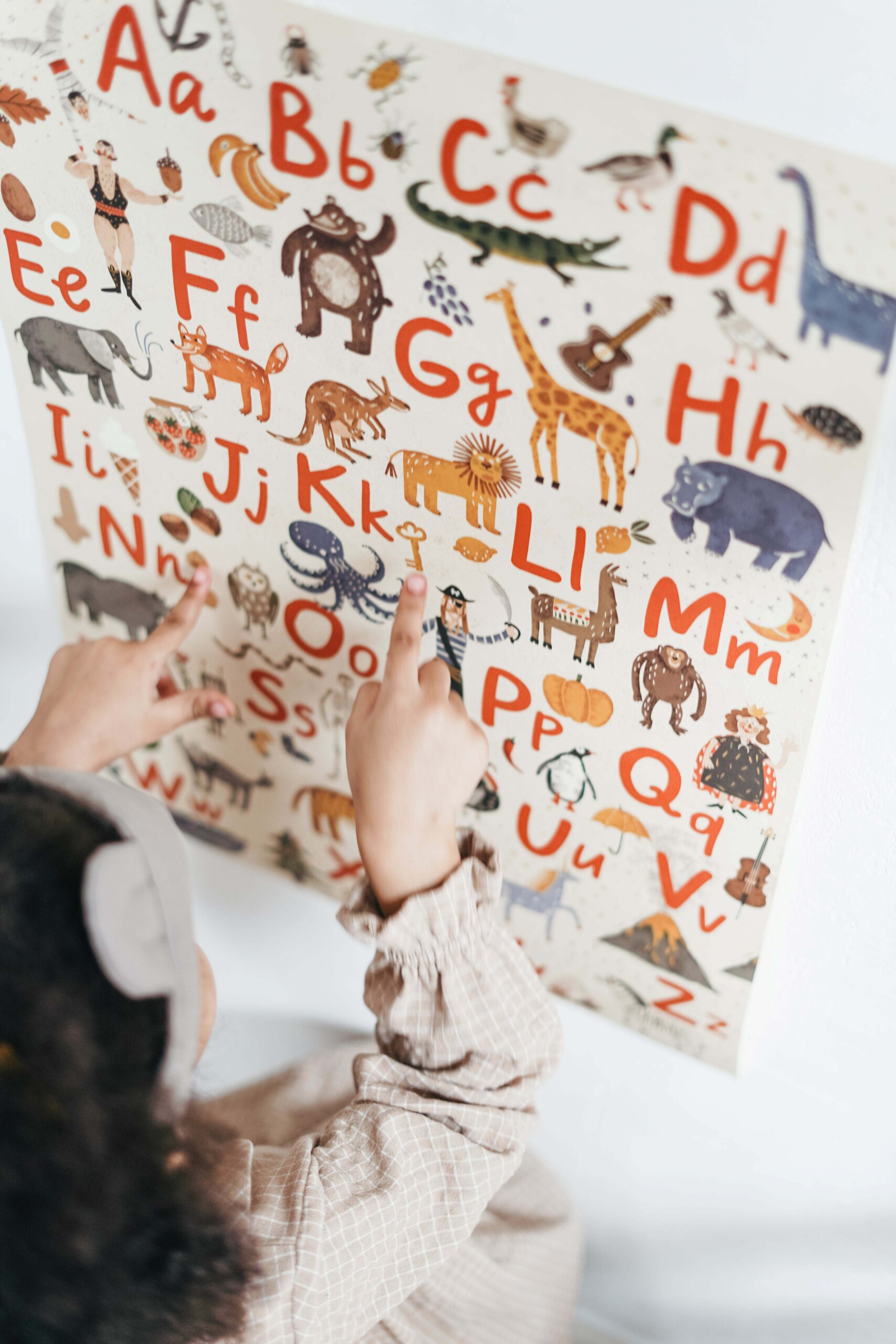
As children, many of us learned the alphabet with a saying that began with, “A is for apple, B is for ball, C is for cat.” But “A” is more than an apple. “A” can be for Architect or Astronomy. “B” can be for Biology, etc. I’m reminded of this simplistic learning tool taught to children when I think about how some practitioners and many books over-simplify Feng Shui. For example, some adherents believe that if the South stands for the Fire Element, then the South sector of your house should have red color.
Likewise, if the West Sector stands for the Metal Element, then you should place metal items in the West. Similar to “A is for apple,” there are many misguided and overly simplified Feng Shui notions which aim to reduce directions to elements, with a universal way to use them. This is a real shame since there are so many other legitimate pieces of information to factor in before deciding what element goes where—and why.
What Follows is a List of some of the ways that Feng Shui is Overly Simplified:
Each direction symbolizes an Element and the malpractice regarding this is to put the element associated with the direction in that location. Done incorrectly, this can actually backfire and cause problems that did not exist before.
Houses should have a mountain or hill behind them and lower land level or a stream on the front side. This relationship between the house and the outside features of mountain and water has been simplified to the point of not being relevant in many instances. In fact, with some houses, it can be the exact opposite; where water is helpful behind the house and higher land level (virtual mountain) is advised for the front side.
The ideal sleeping direction is away from the room’s door. This is good general advice, but for a more personalized understanding and recommendations for a bed position, it’s better to know which is the best location in the room for a bed based on the micro-managing of the room as a smaller version of the house, as well as the occupant’s best personal directions based on their birth data.
Dictating everything based on your personal Trigram. It is true that you can glean a lot of information and insight about a person based on the year they were born. And that can influence recommendations for the home or work environment. However, this is an overly simplistic strategy in a Feng Shui analysis because there are higher priority issues to note, which could affect anyone similarly, regardless of their birth year. As well, for an even higher level of personal assessment, we have to refer to a full blown astrology reading that takes month, day and hour of birth into account also.
A house situated at the end of a street is bad Feng Shui. Here we also need to know how long the street is and whether it is on an incline or decline toward the house. We can factor in the age of the house and the compass reading, which sometimes reveals that all the extra street energy pushing toward the house might make it the luckiest house on the street in spite of the T-junction alignment.
The back right hand corner of the house is a Marriage or Partnership area. This notion is based on a New Age version of Feng Shui that maps out every floor plan the same way. It has proven to be overly simplistic, invented in the 1970’s, and potentially not reliable or accurate at all. These New Age interpretations remind me of that funny quote about how even a broken clock is right twice a day.
Elements are colors. It is true that each of the Five Elements are associated with colors, such as earth with yellow and water with black or blue. But this is a very simplistic and too literal association of the elements. Color can be complementary to real elements, but only as a weak back up choice. For example, when you need the metal element, real metal is much more powerful than the metal colors of white or gray.
Clutter is bad Feng Shui. This may be generally true, but there is also a subjective component to clutter. Even in the design world, there are “full” styles of decorating referred to a maximalism versus more sparse decorating styles called minimalism. When Feng Shui gets reduced down to the topic of clutter, people often conclude that bad Feng Shui is nothing more than a cluttered environment. In some instances, a full and even messy environment could have good Feng Shui, in spite of the clutter.
There are countless other examples where someone might deem an aspect of architecture or the environment as being good or bad Feng Shui. Hardly any place exists without some flaw, although an expert will know what is minor compared to major and temper their assessment with the knowledge of how much it matters based on the individual and how they use of the space.
Author: Kartar Diamond
Company: Feng Shui Solutions ®
From the Feng Shui Theory Blog Series
